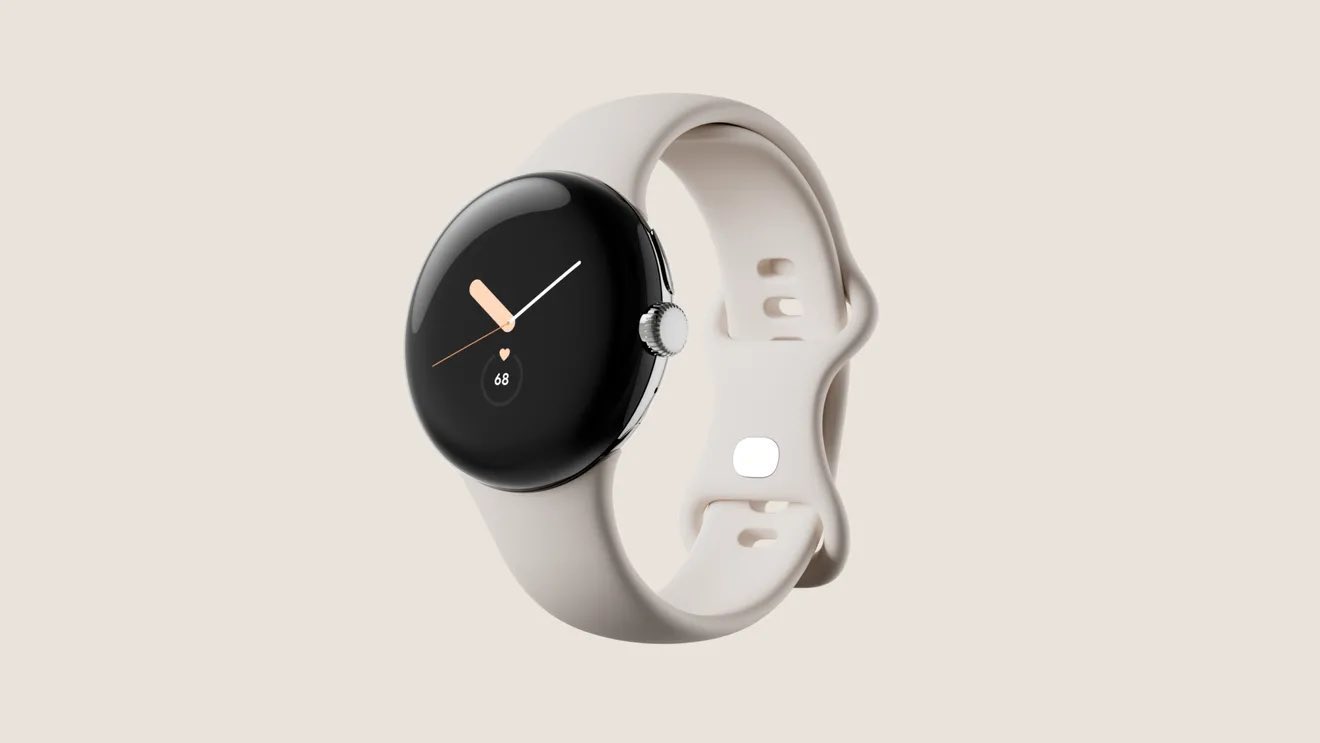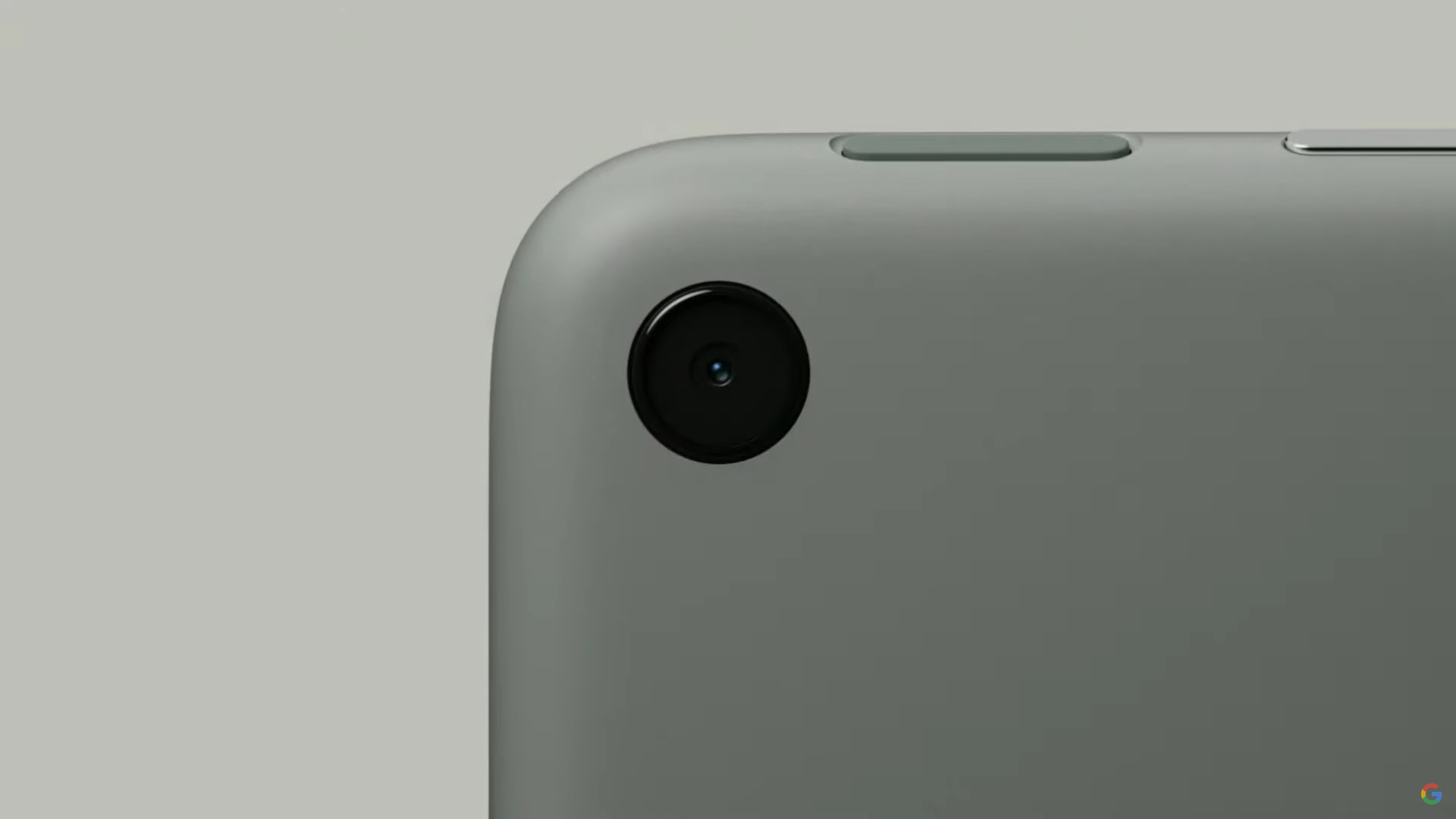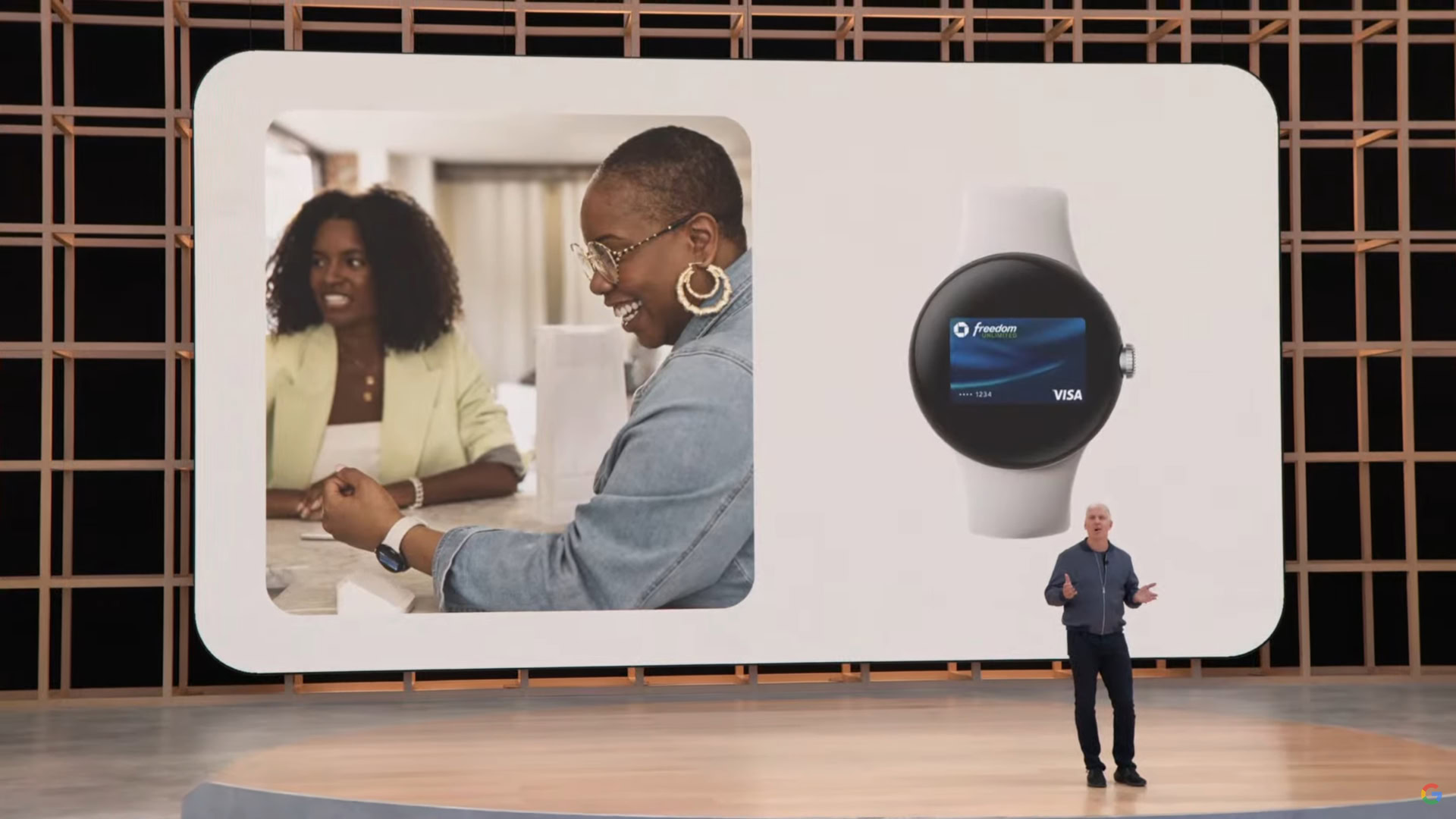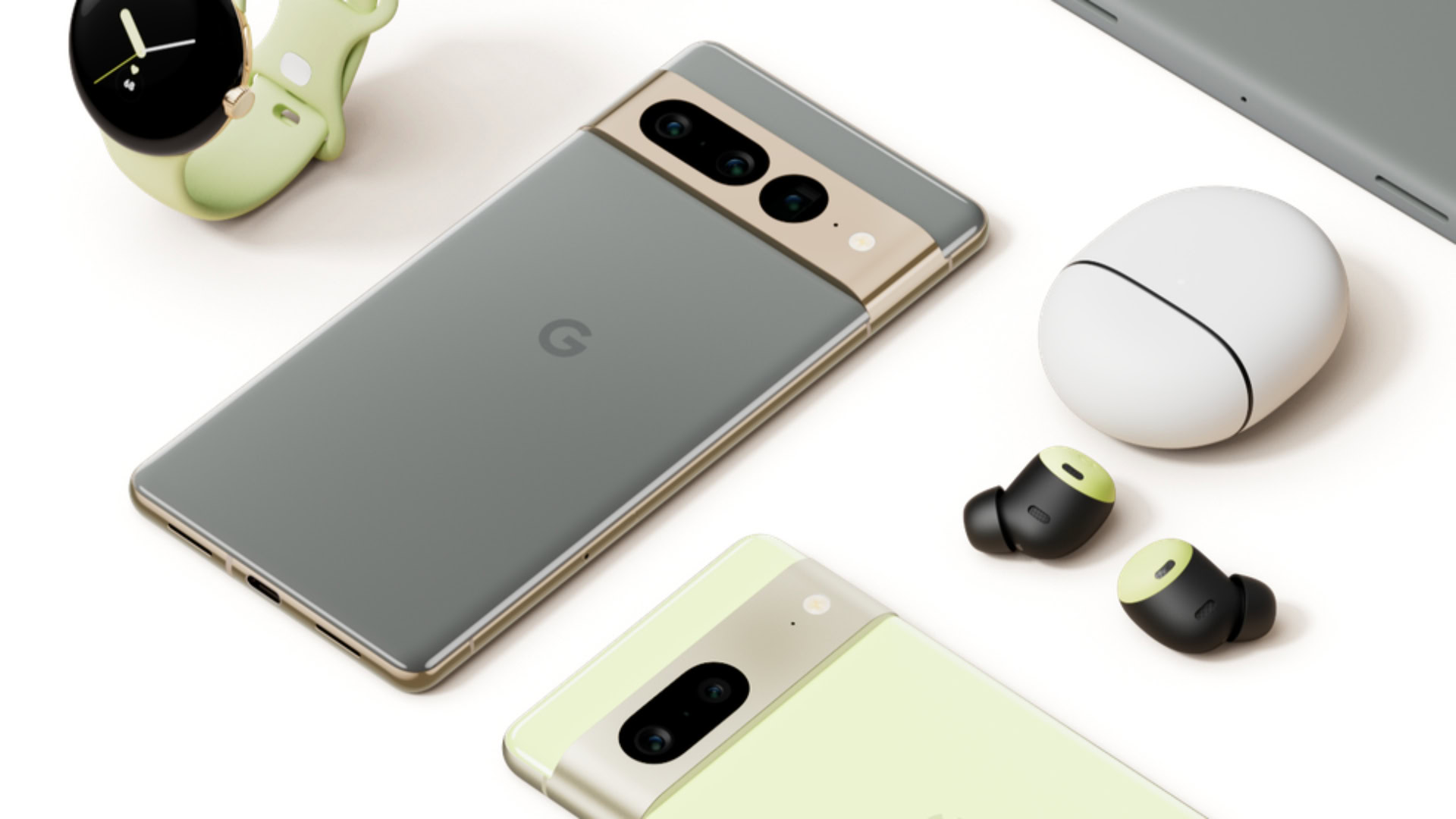Affiliate links on Android Authority may earn us a commission. Learn more.
Google is on the right path for watches and tablets, but there's more to do

It’s no secret that Google is trying to reduce its dependence on ads by pushing ever further into hardware, including Pixel phones and earbuds, and its Google Nest smart home gear. At the same time, though, there are a couple of areas that the company has struggled to get any traction in: smartwatches and tablets. There hasn’t been a first-party Wear OS device, and Google’s most popular tablet was probably the decade-old Nexus 7.
The Pixel Watch and Pixel Tablet, revealed at I/O 2022, seem to suggest that Google is headed in the right direction, at least when coupled with general improvements to Android and Wear OS. But there’s a difference between good odds and going all the way, so here are some things we think Google needs in order to succeed in both the tablet and watch markets.
Related: Pixel 6 and 6 Pro buyer’s guide
What Google needs for a successful tablet

Some of Google’s positive steps revealed at I/O 2022 include new tablet-focused Android features, like better multitasking and the ability to copy from your phone and paste to a tablet. It’s also planning to optimize more of its own apps, and encourage third parties to do the same, among them Canva, TikTok, and Zoom. That’s a software commitment that’s long been missing. Heck, simply announcing the Pixel Tablet (a placeholder name) a year out displays a deeper dedication to tablets, and should spur additional developers to improve support.
Our opinion: With Android 12L, Google must lead by example
The elephant in the room, of course, is how Google’s product will stack up against the Apple iPad, which is far and away the world’s most popular tablet. To capture a meaningful share of the market, Google needs to go toe-to-toe with Apple on features, and maybe even surpass it. Google would instantly grab attention, for example, if it could offer more desktop-level apps and a better file system. iPad owners regularly gripe that, with a few exceptions, the power on their devices is going to waste, making them feel more like media consumption machines than laptop replacements. That’s despite iPad Pros having laptop-level processors and support for mice and trackpads.
To capture a meaningful share of the market, Google needs to go toe-to-toe with Apple on features, and maybe even surpass it.
Competition also means better matching (though probably not equaling) the huge number of apps optimized for the iPad — it’s often taken for granted that an app will have both iPhone and iPad versions if the latter makes sense, holdouts like Instagram notwithstanding. Android does a far better job at upscaling non-optimized apps, but someone buying a Google tablet needs to know that if they want to do something, there’s at least one tailored app for that task, and preferably a fully-featured version of something they’re used to elsewhere. iPad owners can access a relatively feature-complete version of Adobe Photoshop, for instance, whereas Android tablet owners are stuck searching for alternatives.
Google should also commit to delivering quarterly Feature Drops and monthly security patches, just as it’s doing with Pixel phones. That would ensure competitive features and (hopefully) a smooth experience. The second is something Android devices sometimes botch, and people aren’t going to tolerate it on a prestige tablet.
A Pixel product needs to be a showcase of what's possible on the platform with all cylinders firing.
Finally, the Pixel Tablet will need performance specs comparable to the mid-tier iPad Air at a minimum, and the iPad Pro if Google is hoping to charge “premium” prices. There are already plenty of budget Android tablets on the market, so a Pixel product needs to be a showcase of what’s possible on the platform with all cylinders firing. It would also support that greater range of apps we talked about ― it should be natural to turn to an Android tablet for pro tasks like image or video editing.
See also: The best Android tablets
What Google needs to succeed in smartwatches

The Pixel Watch looks like it’s finally going to offer all the Wear OS features you’d want to justify buying a full-fledged smartwatch instead of a fitness tracker. That includes phone-free Google Maps navigation, a dedicated Google Home app for smart home controls, and Google Assistant voice commands out of the box. We’ll also be getting a revived Google Wallet on it. While that will initially be limited to payments, we may eventually be able to carry IDs, vaccine cards, or even car keys on our wrists.
Google could stand to offer more form factors, though, whether or not they’re tied to the first-generation Pixel Watch. As aesthetically appealing as that round screen is, a square option would enable a more efficient interface. The Pixel Watch also looks pretty fragile for activities like camping or weightlifting, so a rugged product is probably in order — even Apple is rumored to be exploring a rugged version of the Apple Watch.
As with tablets, Google needs to commit to regular Wear OS updates to stay competitive and ensure the smoothest possible experience.
We’re not sure how much battery life the Pixel Watch will have, but we’re hoping it’ll break out of the one-day limit many smartwatches tend to be stuck with. Aside from that being inconvenient, especially on trips, Google can’t expect us to take advantage of features like sleep tracking if a watch is nearly dead by the end of the day. This is something Google Fitbit devices already get right, so the idea is probably in the heads of engineers at least.
Related: I want to love smartwatches, but I can’t replace my GPS watch
As with tablets, Google needs to commit to regular Wear OS updates to stay competitive and ensure the smoothest possible experience. Arguably that’s even more important with wearables, since without seamless use, you might as well pull out your phone.
Health and fitness tracking on the Pixel Watch should be at least as comprehensive as the Apple Watch, if not better, to the point that hardcore fitness types see a Pixel Watch as equally viable. That means heart rate, blood oxygen, and ECG functions — and maybe even additional metrics like skin temperature. Google is promising “deep integration with Fitbit” and “world-class health and fitness,” so we know it considers this area a priority.
Google has also promised proprietary bands and multiple colors, but it needs to lean hard into customization if it wants the Pixel Watch to be treated as an Apple Watch rival. Part of the appeal of Apple’s device is that you can treat it as a fashion accessory, since there’s a wide range of first- and third-party band options, and the company regularly produces one-off seasonal items. A Pixel product will be less appealing if it becomes little more than an extension of your phone.
Google needs to lean hard into customization if it wants the Pixel Watch to be treated as an Apple Watch rival.
One last kicker is that Google needs to keep the Pixel Watch reasonably priced. As a flagship device, it won’t be cheap, but Google could fire a shot across the bow by undercutting the $399 minimum of the Apple Watch Series 7 (and Series 8, presumably). That would improve unit sales, encourage more people to stay in the Android ecosystem, and possibly challenge rival Android watches like the Galaxy Watch 4 Classic. The Classic is $350, and I wouldn’t be surprised to see the Pixel Watch go on par. Pixel phones, after all, have managed to stay decently priced without skimping on features.
Read more: The Pixel Watch can’t succeed if Google reuses the same 8-year old formula
Do you think Google will become a big player in the tablet and smartwatch markets?
What are Google’s prospects?

Personally, I’m cautiously optimistic that Google can meet most of these demands. The company has enough failures of its own to learn from, not to mention successful third-party examples it can imitate, which we’ve already mentioned.
The company also has time. The Pixel Watch won’t ship until the fall, and the Pixel Tablet isn’t coming until 2023, so we can reasonably anticipate refinements ahead of their releases.
In fact, if Google is indeed committed to succeeding in hardware, all it really has to do is “well enough” with first-generation products to learn and adapt for the second generation. Pixel phones, if you recall, didn’t come out swinging for the fences when they first shipped in 2016, but people now consider the Pixel 6 a competitor with Samsung’s Galaxy S lineup. Give Google a little time, and it can use its financial muscle to close gaps.
Continue reading: The best Google products you can buy